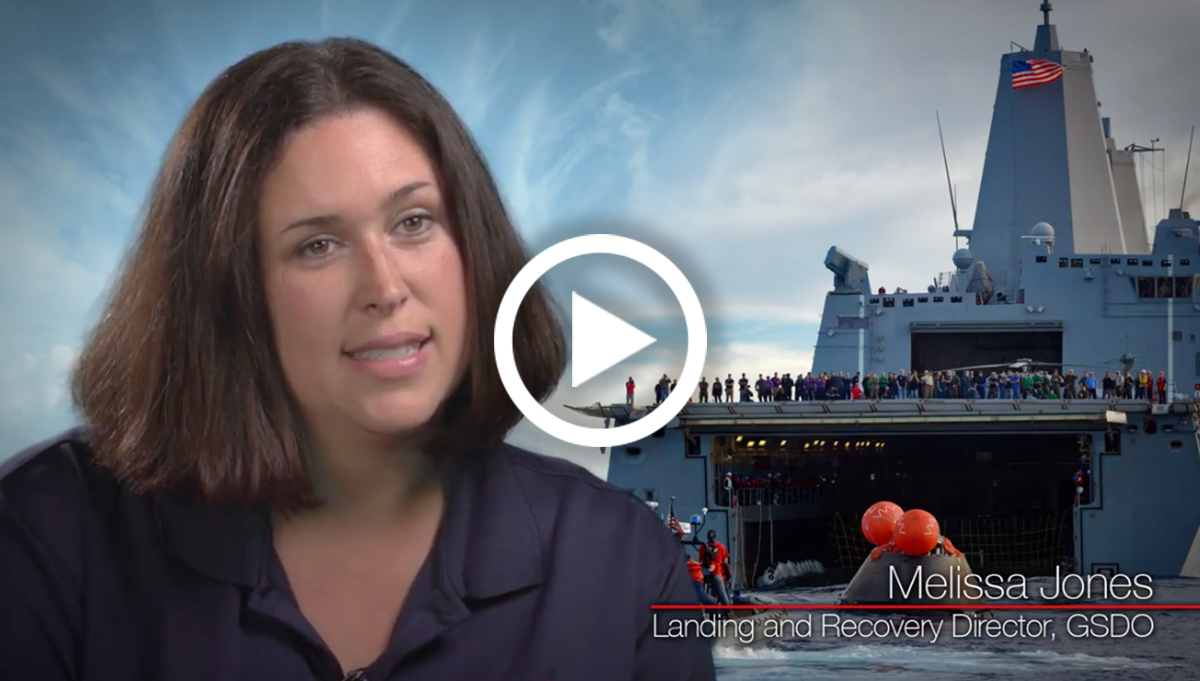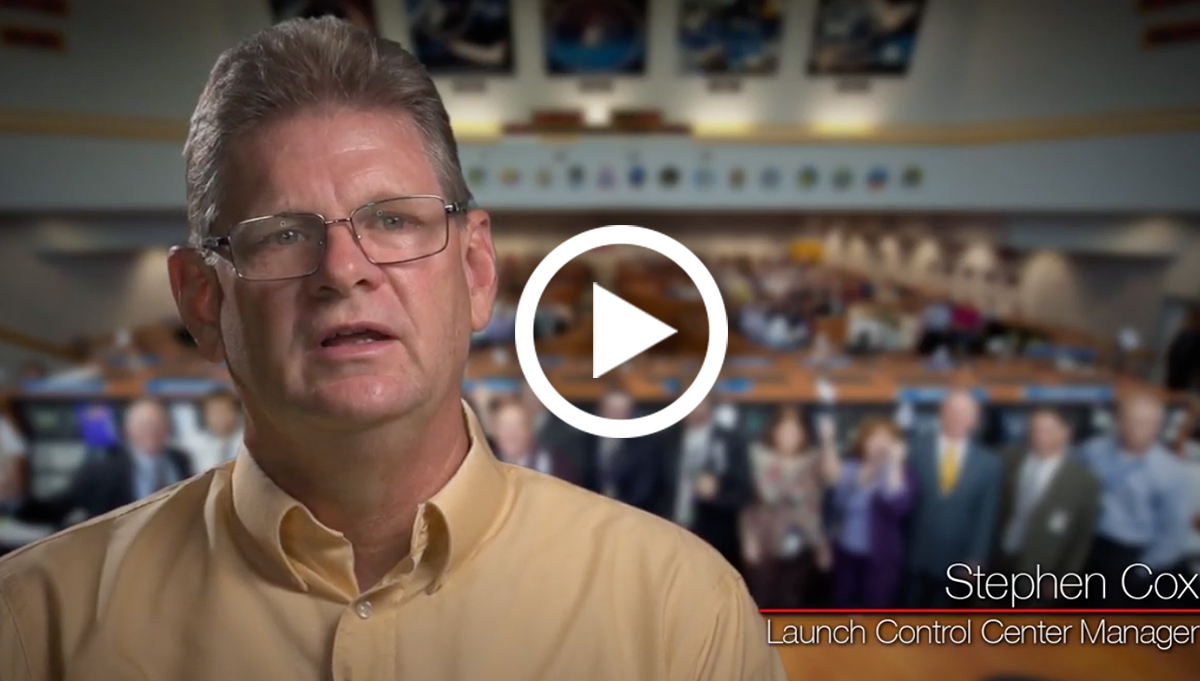Micrometeoroids and orbital debris (MMOD) produce an impact threat that could cause damage to or even the loss of a spacecraft.
Mike Squire served as a Principal Engineer for Micrometeoroids and Orbital Debris (MMOD) at NASA. He explains the micrometeoroid and orbital debris risk and the actions that can be performed to reduce the probability of MMOD damaging space craft.
Video key learning points:
-
- 1.
During the design of a spacecraft the MMOD risk is defined by the Hypervelocity and Impact Technology Team (HVIT) at JSC. Defining and mitigating the risk is a step-by-step process. An application is used that takes in several inputs such as the orbital debris and micrometeoroid environment, spacecraft configuration and materials used for the spacecraft shield. The application produces a probability of MMOD doing damage to the spacecraft. This probability allows a design team to evaluate what can be done to lower the probability, such as changing shields, adding blankets or changing the configuration of the spacecraft. The spacecraft design can be altered and the risk probability recalculated to see if the design changes lowered the risk. The risk probability is compared to the spacecraft requirements, and if the requirements are still met, the project team can proceed with the design.
- 2.
Operations mitigation can be performed to lower MMOD risk to the spacecraft. If a spacecraft in orbit has a sensitive component such as a propulsion tank on the front of its orbiting or ram direction, it will be at a higher probability of being hit by MMOD. Possible options to reduce risk are changing the attitude of the spacecraft so that a less sensitive component is in the front taking more of the damage or having the spacecraft move to a lower orbit that might have less orbital debris.
- 1.
Related Resources
Mike Squire on MMOD Video Playlist









